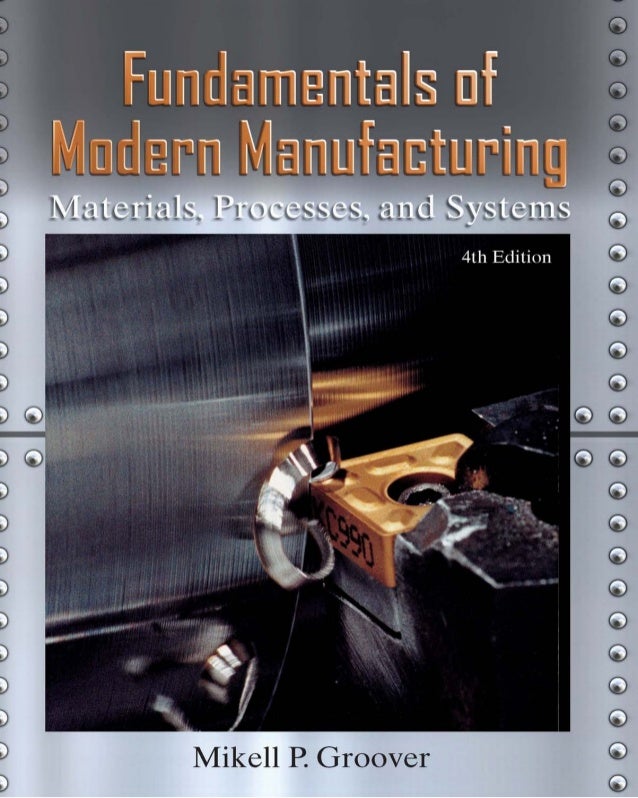File Size: 3.45 mb
Description
• Manufacturing is an ages old topic, spanning the entire history of modern man.• There are some recurring themes in mans manufacturing techniques.
- cutting
- grinding
- drilling
• The basic manufacturing processes generally work one material mechanically with another material.
• There are some basic factors that can be boiled out of the cutting factors. Primarily, cutting forces will be examined, along with the economics of basic machining.
Metal Cutting Methods and Uses:
Turning: When a sharp point of a cutting tool is applied on the metal surface and is rapidly spun by other supportive devices like a lathe, it is called turning. In this process, the metal layers are removed until the favorable and pre-determined size is achieved.
Grinding: The grinding machine with an abrasive wheel is applied on the metal that has a smooth surface to wear it down effortlessly and with precision.
Drilling: A drilling machine is used when a perfectly sized hole is required to be made on the metal surface and the same is done by applying a combination of force and rotation over the metal surface.
Laser: Laser cutting technology is used when extreme precision, exact shape and tight control off the metal size is required. A laser is an intensely concentrated beam of light that is reduced to a tiny point by an extremely high temperature used to cut metals with exact tolerance. Often this process is computer-controlled to achieve the most accurate pre-designed pattern.
Burning/Welding: When metal surfaces are heated to a specific temperature in order to soften and break the surfaces along a carefully patterned line, it is called welding or burning.
Plasma: Plasma technique is a contemporary and innovative way to cut metal with a clean finish. The process involves a plasma torch that ejects oxygen or any inert gas along with simultaneously sending an electrical arc through the gas. This heat up the plasma enough to melt away the metal surface in contact and at the same time also blows away any molten metal.
Water jet: When water mixed with abrasives is used in an extremely high force to erode the metal surface with precision and perfection, it is called water jet cutting. The technology has certain benefits that made it a preferred way of metal cutting as it is faster and less costly than laser cutting with clean, tight edge quality.
Metal cutting has thus evolved and developed over time keeping to timely requirements of customers specific specifications in mind.
Content:-
2. BASIC MANUFACTURING
3. MANUFACTURING COST ESTIMATING
4. BASIC CUTTING TOOLS
5. CUTTING THEORY
6. SAWS
7. DRILLING
8. LATHES
9. MILLING
10. GRINDING
11. SURFACES
12. METROLOGY
13. ASSEMBLY
14. WELDING/SOLDERING/BRAZING
15. AESTHETIC FINISHING
16. METALLURGICAL TREATMENTS
17. CASTING
18. MOLDING
19. ROLLING AND BENDING
20. SHEET METAL FABRICATION
21. FORGING (to be expanded)
22. EXTRUSION AND DRAWING
23. ELECTROFORMING
24. COMPOSITE MANUFACTURING
25. POWDERED METALLURGY
26. ABRASIVE JET MACHINING (AJM)
27. HIGH PRESSURE JET CUTTING
28. ABRASIVE WATERJET CUTTING (AWJ)
29. ULTRA SONIC MACHINING (USM)
30. ELECTRIC DISCHARGE MACHINING (EDM)
31. ELECTROCHEMICAL MACHINING (ECM)
32. ELECTRON BEAM MACHINING
33. ION IMPLANTATION
34. ELECTROSTATIC SPRAYING
35. AIR-PLASMA CUTTING
36. LASER CUTTING
37. RAPID PROTOTYPING
38. PROCESS PLANNING
You May Also Like:-






No comments:
Post a Comment